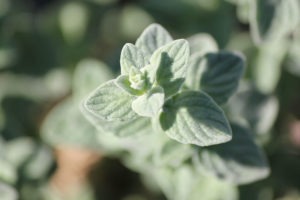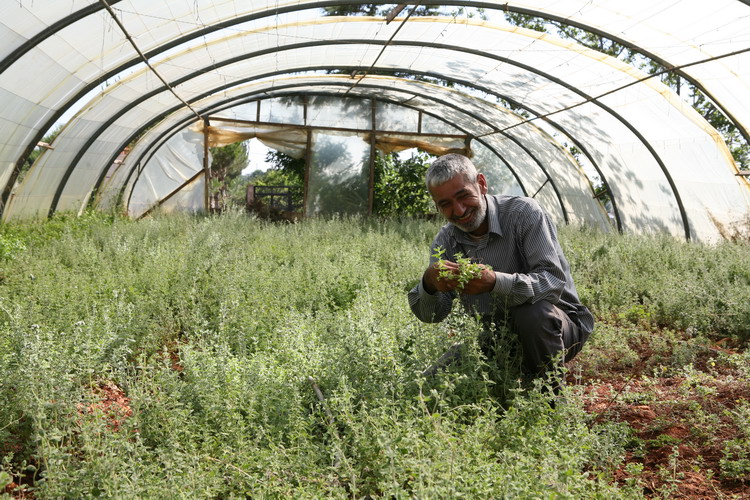Cherished for its distinctive taste and aroma, zaatar is one of Lebanon’s most flavorsome herbs. Zeinab Jeambey from the Food Heritage Foundation explores the different varieties and what makes each unique.

The harvesting of wild zaatar takes place in the country’s rural areas during spring. Wild zaatar is enjoyed fresh or dried, while dried zaatar is used to make the various mixes found on the market.
In Lebanon, there are different types of wild zaatar. Though they are collectively called zaatar in Arabic, they are actually of different genera and species from the same botanical family, the Lamiaceae.
These include Origanum syriacum, Origanum ehrenbangi, Thymus vulgaris, Satureia thymbra and Thymbra spicata. Characteristically aromatic, these herbs may be used for treating gastrointestinal ailments including nausea, indigestion and bacterial infections.

Lebanese zaatar farmer Mohamad Nehme (Abou Kassem)
ORIGANUM SYRIACUM
“Zaatar zoubaa” or Lebanese oregano is our main type of zaatar, which is dried, pounded or ground and mixed with sumac, sesame seeds and salt to make the famous and delectable zaatar mix.
The fresh velvety leaves can also be eaten in a mixed salad with tomatoes, onion and olives. A popular dressing for this salad is a combination of lemon juice, pomegranate syrup, sumac and olive oil. This type of zaatar is often used to replace spinach when making fatayer, a traditional savory pastry.
THYMUS VULGARIS
This variety of zaatar is a must in every household due to its medicinal properties. An effective remedy for mild food poisoning, the herb is high in two main aromatic oils, thymol and carvacrol, which help to control and neutralize food-born bacteria.
Culinarily speaking, Thymus vulgaris is often pickled, a process that reduces its pungency, and is best consumed with grilled meats or with fresh cheese and olives in a salad.


